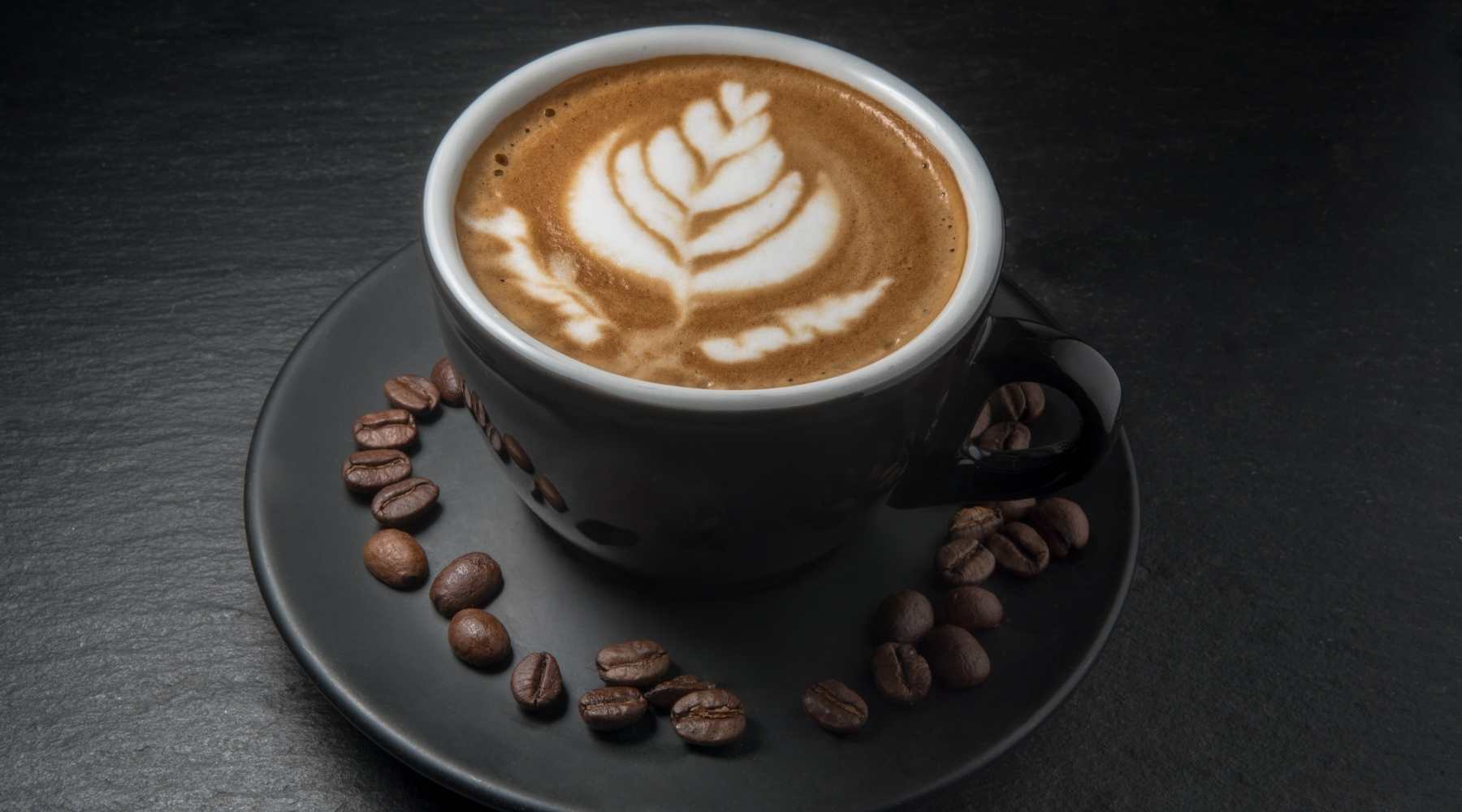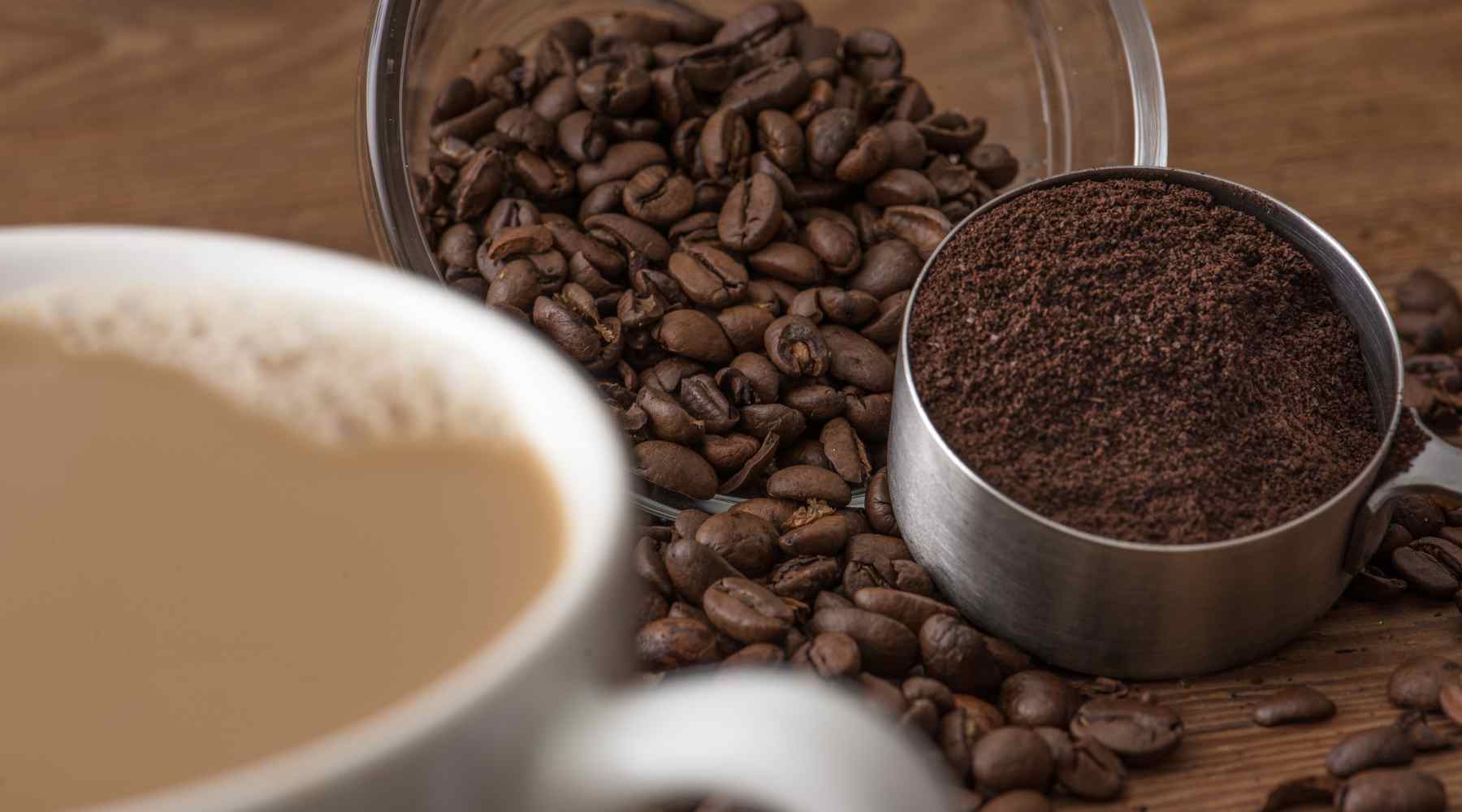Say goodbye to coffee that has been sitting on a shelf. This coffee is roasted in Toronto no more than 5 business days prior to shipping to your door. We outline your custom roast date on the back of your bag.
Brewing Your Portfolio Coffee
Peak Freshness
General Brew Tips
Coffee to water ratio
If you have access to a coffee scale or a kitchen scale to measure your coffee grounds and water, follow the ratio below for optimal enjoyment. Coffee quantity is measured in grams of ground coffee and water is measured in grams or millilitres.
| Method | Coffee g : water g/ml |
|---|---|
| French press | 1:12 |
| Chemex | 1:15 |
| Auto drip | 1:15 |
| Pour-over | 1:16 - 17 |
| Pour-over | 1:13 |
| Espresso | 1:1.17 - 2.2 |
If you don't have a precision scale you can use common kitchen utensils such as tablespoons to measure a coffee to water ratio that will result in a great cup of coffee.
Tablespoons range from 4g to 7g. For simplification, we averaged a tablespoon to 5 grams of ground coffee. We are also using an 8oz (240ml) cup as a standard cup of coffee.
| Method | Water (1 cup) | Coffee grounds |
|---|---|---|
| French press | 8oz (240ml) | 20g or 5 tablespoons |
| Chemex | 8oz (240ml) | 16g or 3 tablespoons |
| Auto drip | 8oz (240ml) | 16g or 3 tablespoons |
| Pour-over | 8oz (240ml) | 14g to 15g or 3 tablespoons |
| Aeropress | 8oz (240ml) | 18g or 3 and a half tablespoons |
Never run out of coffee again
We offer coffee subscriptions that are flexible and easy to customize. You choose the quantity and frequency. Pay as you go and cancel at any time.
We roast all of our subscriptions days before they are shipped out because we know freshly roasted coffee always tastes better. You can find the roast date on your coffee bag.
Automatically save 10% on all coffee subscriptions and get free shipping over $45 to anywhere in Canada or the United States.
What is coffee blooming? Why it is important and how to do it.
The coffee bloom is one of the first steps in coffee making, where you see a "bloom" of carbon dioxide occurring on top of your coffee surface. Coffee blooming is the act of dampening your coffee bed to provoke this release of carbon dioxide.
When coffee beans are roasted, carbon dioxide is created as a by-product. This gas is trapped in the coffee bean and slowly escapes as the coffee bean ages. Carbon dioxide tastes sour, so blooming prevents CO2 from infusing into your coffee.
By blooming your coffee, you're essentially jumpstarting this degassing process to bring out more of the beans' nuanced flavour. You'll also notice that your coffee will have a richer aroma after blooming.
Blooming is wildly popular in pour-over methods such as Hario V60 and Chemex. Keep reading to learn how to bloom your coffee in the most common brewing methods.
Pour over blooming
Start pouring at the center of your coffee bed, working your way out to the sides. Pour about two times the amount of coffee you use. Wait 30 seconds for the coffee to “bloom” and release CO2. Grounds should be uniformly soaked, but not dripping wet.
French press blooming
Start by adding coffee grounds to your press carafe and pour just enough water to et our coffee bed. Leave for 30 seconds, then stir until fully saturated before adding remaining brew water. Remember that 30 seconds of blooming is counted separately from your brew time, which should be around 3-4 minutes.
Automatic drip machine blooming
All you need to do is boil a small amount of water before starting the coffee maker. When you’re ready to brew – and the separately boiled water is hot – add your filter and coffee grounds to the basket and pour enough water to damp the coffee bed. Give the grounds 45-90 seconds to bloom and then proceed to brew your coffee as usual.
How to store your coffee for longer freshness
The best way to store coffee is in a container that protects the coffee from moisture, light, heat and odours, as well as lets the air out but no air in. This is because of the coffee degassing that naturally happens after beans are roasted. Do you know what form of storage checks all the boxes above? The original sealed coffee bag with a degassing valve.
It is common to find specialty coffee sold in bags with tin ties for closure after you start enjoying your beans. While this approach is more than enough to keep your bags safe and tasting delicious, they are not airtight. If you must transfer your coffee to a different container, this should be the upgrade to aim for.
Where to keep your airtight container
It is important to keep your new container or coffee out of direct sunlight. Sunlight is a coffee's worst enemy, not only because of the heat it can produce but also due to light-based damage caused by ultraviolet rays.
That's also true for dark or opaque containers, as heat is pretty much never good for coffee until you start brewing.
How coarse or fine to grind your coffee beans?
Grinding whole beans right before brewing coffee will not only make your home smells delicious, but also bring the freshest taste to your cup. Generally speaking, the complex compounds within your coffee beans are what create your brew’s aroma and flavor. As soon as the beans are grinded, factors such as oxidation, moisture, and CO2 depletion start affecting the coffee freshness.
At Portfolio we believe you can make an excellent cup of coffee at home regardless of where you are in your coffee journey. That’s why we offer whole beans as well as ground coffee. Rest assured that the coffee we grind right before shipping to you will still be much fresher than shelf coffee found elsewhere.
In case you do have access to a coffee grinder and are wondering how coarse or fine should you grind your coffee for your preferred method, follow the quick guide below for optimal flavour and aroma extraction.
| Brewing method: | Grind size: | Looks like: |
|---|---|---|
| Cold brew* | Extra coarse | Peppercorns |
| French press | Coarse | Sea salt |
| Cafetiere | Coarse | Sea salt |
| Plunger pot | Coarse | Sea salt |
| Press pot | Coarse | Sea salt |
| Automatic coffee makers (Auto drip) | Medium | Sand |
| Percolator | Medium | Sand |
| Chemex | Medium | Sand |
| Refillable K-cup | Medium | Sand |
| Single-cup brewers | Medium | Sand |
| Cone filter coffeemaker | Fine | Table salt |
| Coffee dripper | Fine | Table salt |
| Pour over | Fine | Table salt |
| AeroPress | Fine | Table salt |
| Stovetop espresso | Fine | Table salt |
| Moka pot | Fine | Table salt |
| Vacuum pot | Fine | Table salt |
| Espresso machine | Extra fine | Flour |
What’s the ideal water temperature for brewing coffee?
We recommend heating up the water to 92°C - 94°C, or 197°F - 201°F. Some espresso makers let you adjust exactly how hot you want your water to be. If you drink French press, pour-over, or Chemex try different start temperatures or if you don’t have a way of knowing exactly how hot it is, play with rest time after you heat up your water kettle. One easy trick is to boil water and let it sit for around 40 seconds

 ALL
ALL




